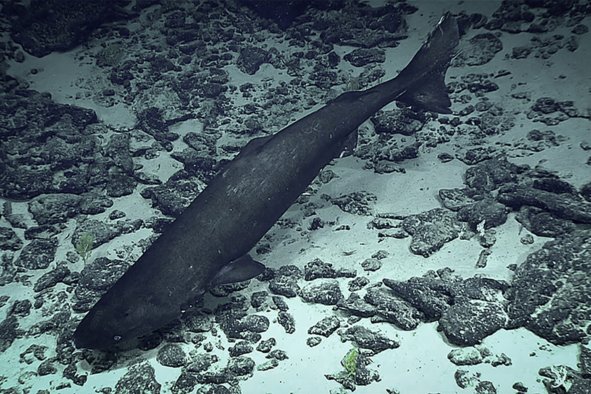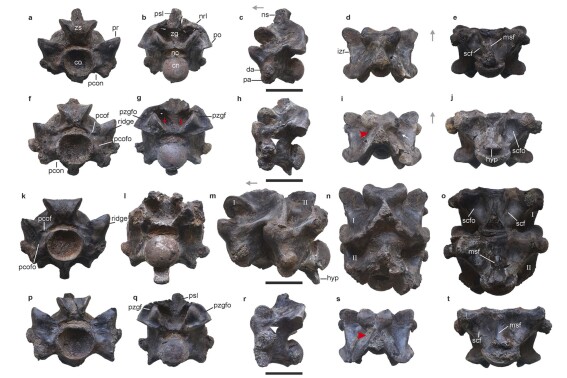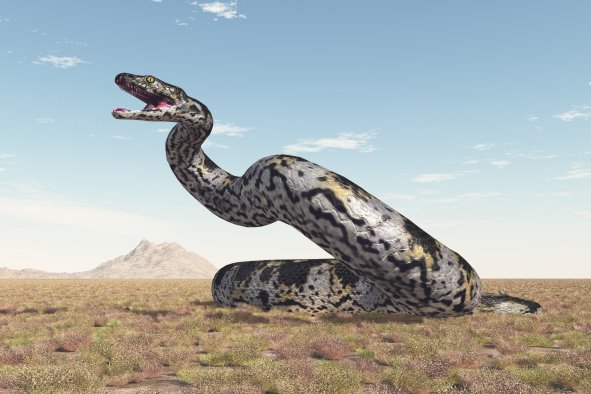Scientists have figured out how to plot the most fuel-efficient routes through space, just like a cosmic sat-nav, or satellite-navigation.
Using something called "knot theory," astrophysicists have devised a way to use math to calculate the best routes from orbiting one planet or moon to orbiting another, according to a new paper in the journal Astrodynamics.
This new method also avoids the use of a huge amount of computer power, or guesswork, which are both involved in the current process of changing orbits.
"Previously, when the likes of NASA wanted to plot a route, their calculations relied on either brute force or guesswork," Danny Owen, a postgraduate research student in astrodynamics at the University of Surrey's Surrey Space Centre, said in a statement. "Our new technique neatly reveals all possible routes a spacecraft could take from A to B, as long as both orbits share a common energy level.
"This makes the task of planning missions much simpler. We think of it as a tube map for space."
Changing the course of a satellite or spacecraft in orbit usually requires fuel, but as fuel is a limited resource, ideally a spacecraft could do it using as little fuel as possible.
Astrodynamicists currently achieve this by finding something called "heteroclinic connections," which are paths that allow a spacecraft to travel from one orbit to another—such as between Earth and Mars or Jupiter and its moons—using minimal fuel. Finding the heteroclinic connections usually needs a vast amount of computer power, however, or time-consuming guesswork.
Now, however, using a branch of math known as knot theory, aerodynamicists can generate many rough paths quickly, which they can then refine to be more precise. They can therefore generate a large number of rough paths and choose the best pick for the mission at hand.
The technique is hoped to help future space missions easily move spacecraft between orbits around the moon and other planets like Mars, or even between Jupiter and its moons.
"Spurred on by NASA's Artemis program, the new Moon race is inspiring mission designers around the world to research fuel-efficient routes that can better and more efficiently explore the vicinity of the Moon," study co-author Nicola Baresi, a lecturer in Orbital Mechanics at the University of Surrey, said in the statement.
"Not only does our technique make that cumbersome task more straightforward, but it can also be applied to other planetary systems, such as the icy moons of Saturn and Jupiter."
Do you have a tip on a science story that Newsweek should be covering? Do you have a question about space travel? Let us know via science@newsweek.com.
Disclaimer: The copyright of this article belongs to the original author. Reposting this article is solely for the purpose of information dissemination and does not constitute any investment advice. If there is any infringement, please contact us immediately. We will make corrections or deletions as necessary. Thank you.



